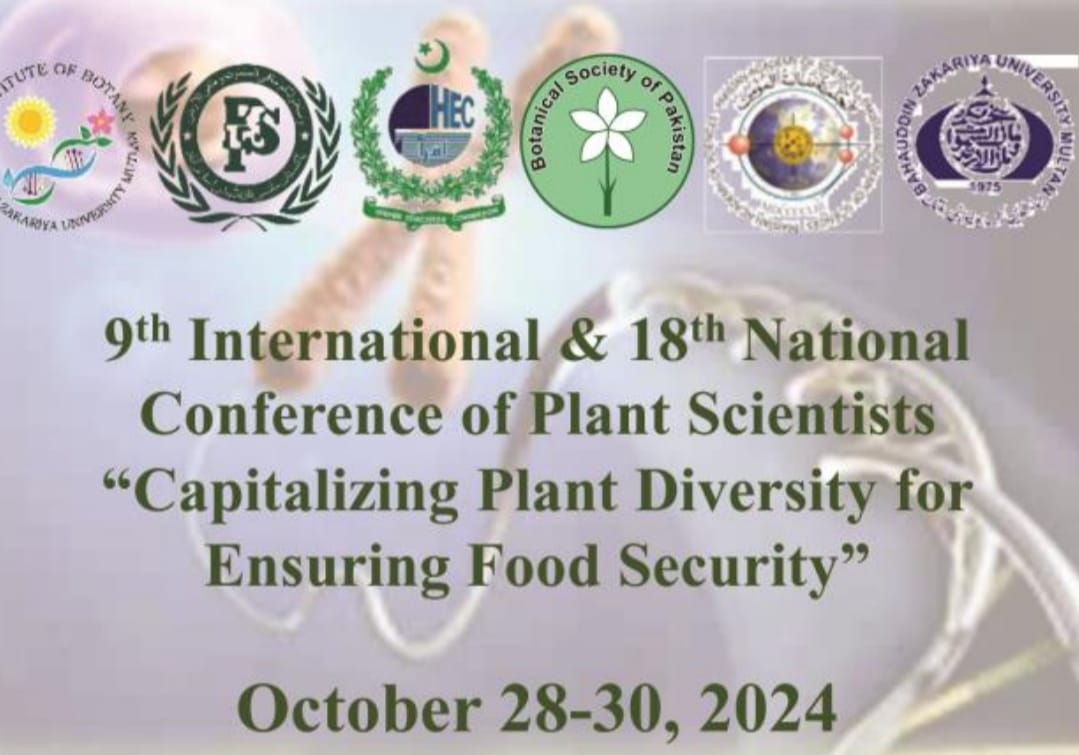PJB-2024-8
Mehwish Aslam
Abstract
The aim of this study was to assess the metal contamination of Rice crop through wastewater irrigation. The study was conducted to evaluate the nickel content in four distinct rice cultivars—Super Kernel, Kainat, Basmati, and Irri 6—cultivated in Sargodha, Pakistan, under differing irrigation sources: tube well water and mixed water (a combination of wastewater and freshwater). Following Wet Digestion Method , Atomic absorption Spectrophotometer was used for metal analysis in different parts of rice. The results showed that the mean level (mg kg-1 ) of Ni in the shoot samples of Super Kernel had highest (13.8 mg kg-1) and grains had highest level of Ni in Irri 6 where Mixed water was used for irrigation. Ni content in grains of all varieties was within permissible limits of WHO. Various indices Contamination factor (CF) , Transfer factor (TF) and Enrichment factor (EF) showed 1>, except for Contamination factor . The Target Hazard Quotient (THQ) was used to quantify the human health risk associated with rice consumption. A value of THQ<1 indicated that there is no possible danger to consumers. To prevent Ni accumulation in food chain regular monitoring is required.
To Cite this article:


